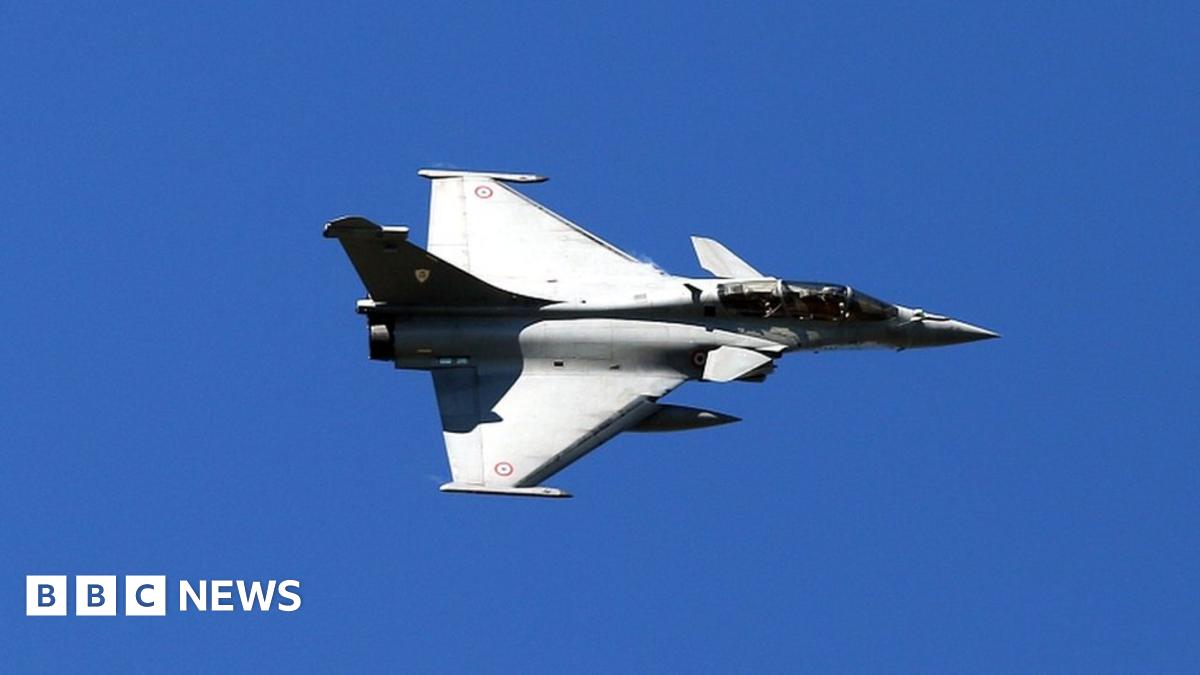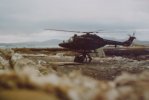Crouching Leopard
Well-Known Member
Never flew aircraft, but worked on defense missile systems which had their own potential for serious incident risk. I guess the "No apparent fear of death" thing applies to many current and former military people. It certainly does (on an intelligently calculated ) level to me today. Better to live a shorter interesting life than a long boring one.Low level training routes are selected to avoid things like power lines. That way you could concentrate on the task at hand, flying. Most modern aircraft have TAWS, which alerts you to things like terrain and obstacles. Even my G1000 system in my personal aircraft does that. If they where older jets, we didn't have that tech. Thats why they selected the routes, so we didn't have those kind of challenges. New jets do have that tech. My obstacle database is updated on each Navigation Cycle in my updates, so it stays very current. When I flew at NOAA, if we had down time on the research projects, we flew chart check to add obstacles that went un-reported and delete obstacles that had been removed. There are very few excuses to run into stuff now. Our rules, which are similar to many other services around the world, are 500' unless your on a designated training route or in a training area. Lower than that, your showing off.
In the civil world, we must put a bubble around any single human of 500', lonesome Joe rule. Groups of humans 1,200'. You can go below 500' as long as it is safe to do so and not endanger yourself or others. This is open to interpretation and can lead to suspension of your license. I go low at times to get some of my photos, but in the middle of nowhere. In Africa, we flew low level a lot. Great scenery, few habitations and virtually no enforcement. I would however, usually check an area out high before I went low, charts sucked. Along with all this freedom went almost no chance of a rescue if you screwed up.
The Navy sent me to PG school for Aviation Safety, so I have an advanced degree in it. One of our main objectives is to observe our pilots & crews. There are trends you see in numbers that are recordable and there are personality traits that are undesirable. People evolve during their life, have issues along the way that change them. There is a balance between having enough aggression to do the job and a bit too much so it kills yourself and others. You don't necessarily want the "Maverick" character. They wreck equipment and kill folks trying to prove something. My primary aircraft cost $205,000,000 each, so we could quickly bankrupt the service if we wrecked or damaged them all the time. Not the kind of people we want flying them. Sat on a lot of Boards and lost 8 of my friends, it is a risky business, you mitigate the risks. The biggest category of attritment after the basic phase of flight school is "Headwork." The second is "No Apparent Fear of Death." Which is continuing down a decision path with will most likely result in your death. You have to laugh it off a bit, death, or you would never be able to get in the cockpit and come back and land on the carrier.
I too have seen the end results of aircraft accidents. The same squadron that the pilot in my last post flew from had 2 fatal accidents in the previous 18 months. I walked through the hanger where the pieces of one of the Phantoms had been laid out on the floor for investigation. Not one piece larger than a regular suitcase and not a nice sight as, although I didn't know the pilot/navigator personally, in the airforce everyone was "family", and we all grieved to a degree.
At least with a drone, you can pick up the pieces mostly with one hand, and most of the time you don't impact (no pun intended) anyone else.











